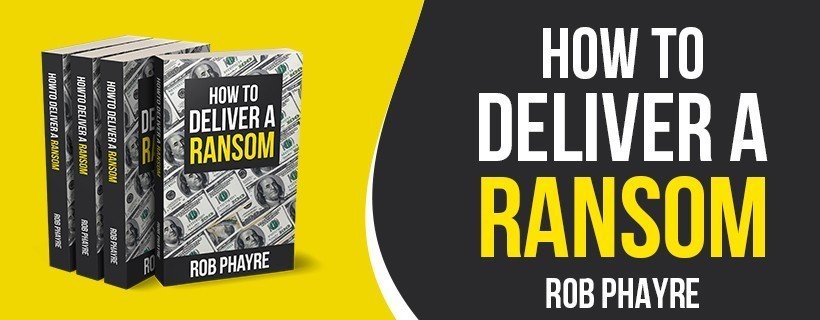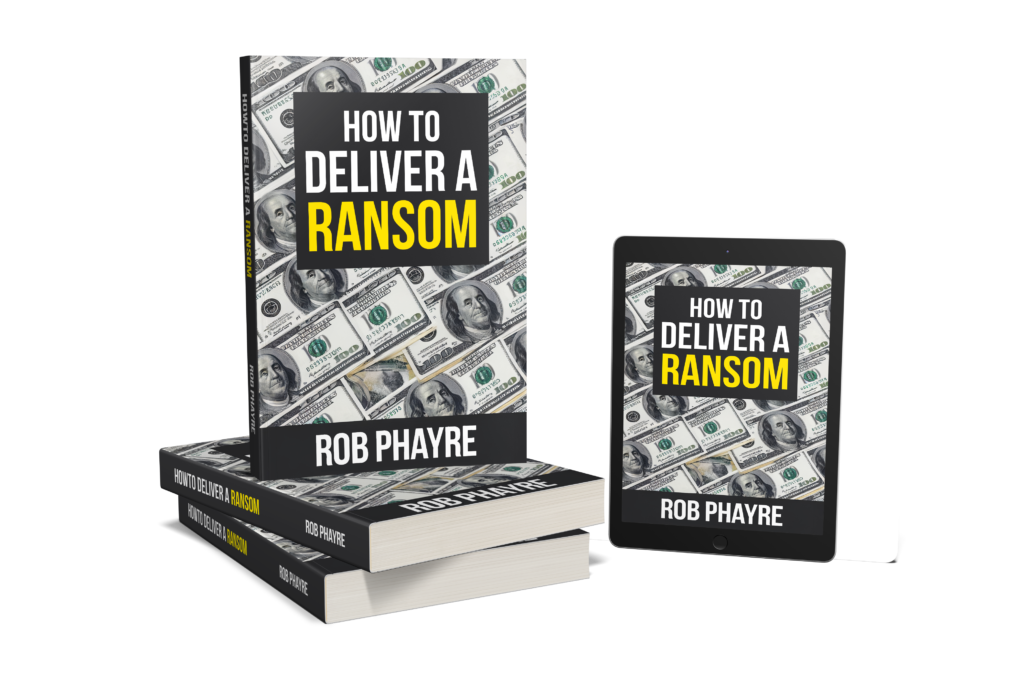
Ransom payments in a kidnap for ransom situation are complex and fraught with risk. Understanding the nuances of such payments is crucial for ensuring the safe return of hostages. You should get professional advice if you are having to manage a kidnap for ransom situation. You can find more information about that here.
When Should You Pay a Ransom
Paying a ransom is should generally be considered a last resort. In some parts of the world though, it is very common. It is essential to weigh all options before deciding to make a payment. The decision to pay should be based on several factors, including the victim’s safety, the likelihood of successful negotiation, and the broader implications of paying the ransom. Consulting with experienced professionals and crisis management teams is crucial in making an informed decision.
Is It Legal to Pay a Ransom
The legality of paying varies by jurisdiction. Some countries have strict laws prohibiting ransom payments, while others may have more lenient regulations. It is imperative to consult legal experts to understand the legal framework governing ransom payments in the relevant jurisdiction. Additionally, paying a ransom may have ethical and practical implications, such as encouraging future kidnappings or funding criminal activities. That however is not the problem that a family should consider. The family should prioritise getting their loved one home above all else.

How Do You Negotiate a Ransom
Negotiating a ransom requires a strategic approach. Here are some key steps to consider:
- Establish Communication: Initiate contact with the kidnappers and establish a regular line of communication. It is essential to remain calm and composed during these interactions. You can find some free resources here to help you with that.
- Bargain the Amount: Aim to negotiate the ransom amount down. Attackers often inflate their initial demands, expecting counteroffers. Present a lower offer and negotiate incrementally.
- Set Terms: Clearly define the terms of the payment and the timeline for the release of the hostages.
- Agree agree how long it will take to release the hostage.
- Leverage Expertise: Involve experienced negotiators and crisis management professionals who can provide valuable insights and guidance throughout the negotiation process.
How Do You Deliver a Ransom
You should carefully consider how to deliver a ransom and make sure you don’t break any laws. Here are the key steps:
- Select Payment Method: Ransom payments are commonly requested in cash or cryptocurrencies like Bitcoin due to their anonymity. Ensure you have access to the required funds and a secure method to transfer them.
- Where appropriate, you should communicate with law enforcement. You need to consider if informing law enforcement will jeopardise the safety of the hostage in countries where law enforcement are corrupt.
- Verify Instructions: Double-check the payment instructions provided by the attackers to avoid errors that could jeopardize the transaction. Confirm details like wallet addresses and payment amounts.
- Use Secure Channels: Transfer the ransom through secure, anonymous channels that protect your identity and transaction details. Avoid using easily traceable methods. If you are delivering cash, face to face, then hire a professional.
- Obtain Confirmation: Request confirmation from the attackers that they have received the payment and will fulfill their end of the deal. This step is crucial to ensure the safe release of the hostages.

How Do You Rescue the Hostages After You Have Paid?
Rescuing the hostages after a ransom has been paid involves careful planning and execution. Here are the key steps:
- Monitor Hostage Release: You should closely monitor the situation to ensure the hostages are released as per the agreement.
- You should try to maintain communication with the kidnappers until the hostages have been safely returned.
- Ensure Safety: Ensure the safety of the hostages during and after the release. Arrange for immediate medical and psychological support if needed.
- Coordinate with Authorities: Work closely with law enforcement and other relevant authorities to facilitate the safe return of the hostages. Provide them with all necessary information and support.
- Prepare for Recovery: Once the ransom has been paid and access has been restored, ensure you have a robust recovery plan in place. This includes strengthening security measures to prevent future kidnaps and conducting a thorough debriefing to learn from the incident.
- Address Legal and Ethical Concerns: Address any legal and ethical concerns that may arise from the ransom payment. Consult with legal experts to ensure compliance with applicable laws and regulations.
Conclusion
Paying a ransom in a kidnap situation is a complex and high-stakes decision that requires careful consideration and planning. Understanding when to pay, the legality of ransom payments, effective negotiation strategies, secure delivery methods, and steps to rescue hostages are crucial for ensuring the safe return of victims. Always consult with professionals and experts to navigate this challenging situation responsibly and effectively.
To learn more about ransoms – try ‘How To Deliver A Ransom‘, by Rob Phayre. It’s a guide for professionals in the Kidnap For Ransom business and is available from bookshops globally of through this website.
We always recommend that you take professional advice which is tailored to your specific circumstances. Managing a kidnap for ransom response is difficult and not for the inexperienced. Please read our disclaimer before using the guidance in this article.

If you enjoyed this article there are plenty more resources and articles available in the blog and on the main web page. Its all available here.
And finally, if you would like to connect with Rob, or ask any questions please approach through social media, he would love to here from you. Links are here.